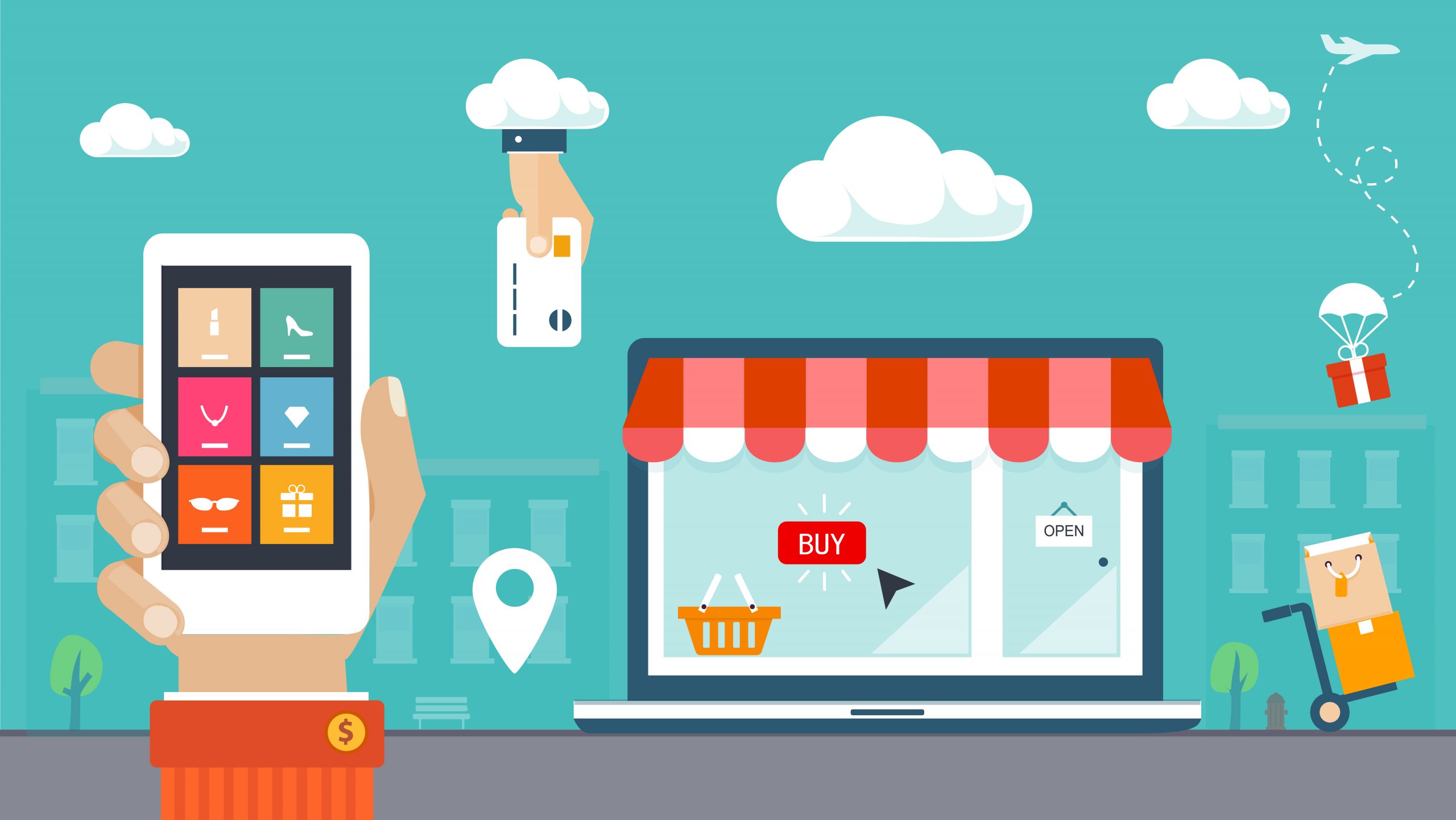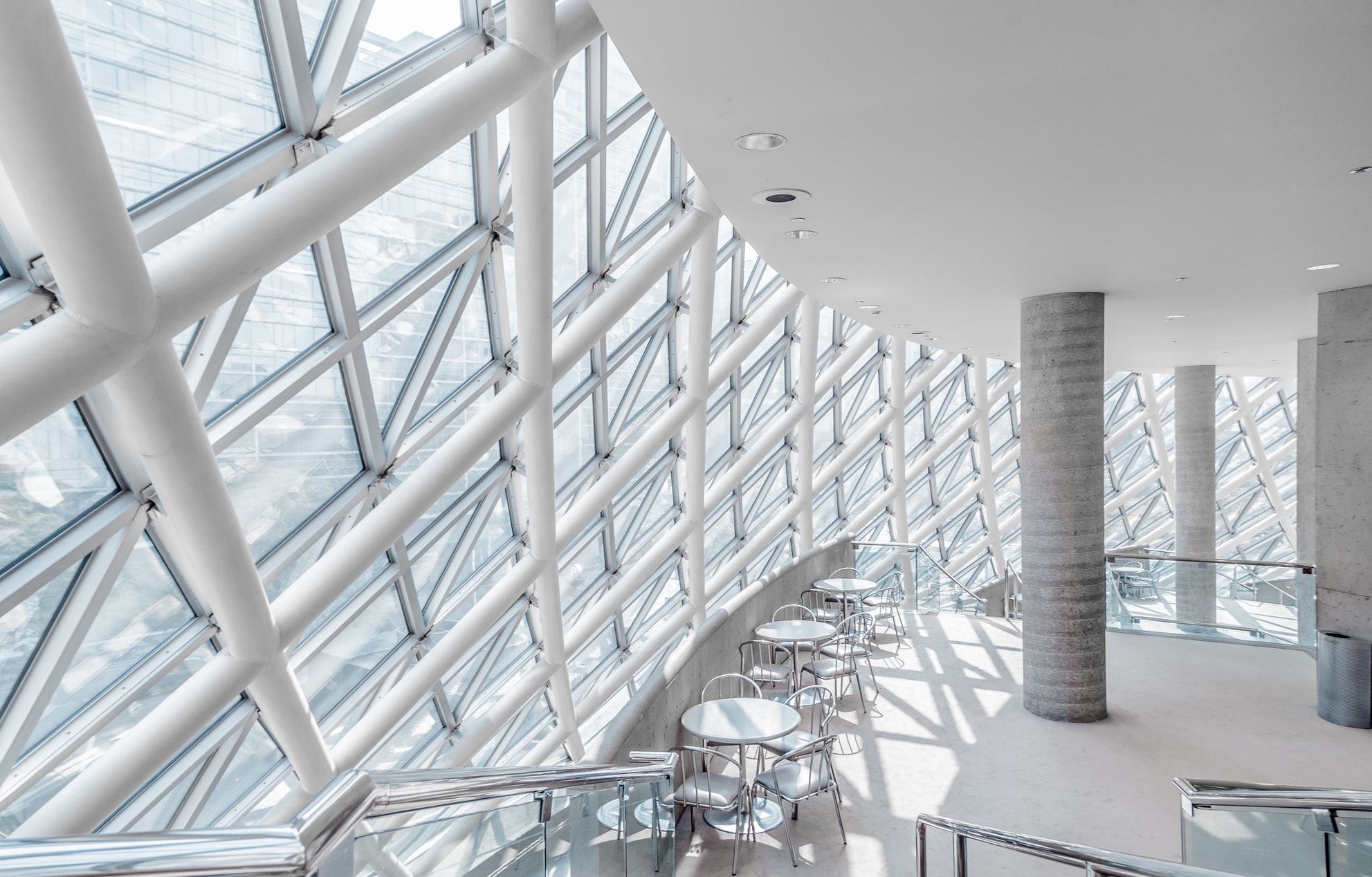10th February 2020
Design Principles to Remember when Designing for Mobile-First
You may not be a web designer yourself and may not think you know what poor or outdated design looks like, but without realising it, you will have subconsciously judged the design of a website at some point. The chances are that you’ve been onto plenty of websites and thought: “Wow…has this been untouched since the early 2000s?”.
Web design trends are forever evolving and changing, and the blaring colours, blinking text and glossy buttons of 2005 have long since been left in the dust. While it’s possible that when your website was designed it was well ahead of the curve, it may still have one or two elements that could do with a refresh to make the most of modern devices.
Just in case you didn’t have a crystal ball back then, let’s have a look at the ways your outdated website design may be damaging your business…

In a world of iPhones and Androids, not having a mobile-friendly website is a big issue. There’s a wealth of evidence to suggest that mobile phones are increasingly a user’s first experience of your website. In 2014, Google reported that 22% of searches were made on mobile, and this has only increased since the introduction and wider use of 4G mobile data. In 2016, Google reported that for the first time ever, mobile searches had actually overtaken desktop searches in a number of countries around the world.
While mobile searches in the UK have not quite overtaken those made on a desktop, this is more than likely to change very soon. Even if it doesn’t, the number of people already using mobile search – and the number who’ve left desktops and laptops behind – means you may as well cater for them too.
Have you ever been onto a website on your phone which doesn’t all fit on the screen, so you are constantly scrolling from side to side to find what you are looking for? That is NOT mobile-friendly.
Mobile-friendly (sometimes known as mobile responsive) design is when a website automatically adjusts itself to your device, providing an optimal viewing experience. This commonly includes larger buttons and links which can be more easily tapped, collapsible menus and dropdown boxes, resized images, and other changes that take advantage of touch control.

Example of the same page on desktop and mobile
By ensuring that your website features mobile-friendly design, you’ll improve what’s known as the ‘user experience (UX)’ on your website, and minimise frustration. An absence of mobile responsiveness will more than likely lead to a large number of users leaving your website, as they simply can’t be bothered to deal with the roadblocks put in their way.
Users are becoming increasingly savvy about modern fonts and typography, even if they don’t realise it. School newsletter fonts like Comic Sans are out, and the likes of Karla, Lora and Frank Ruhl Libre are very much in. As soon as some people see your dodgy font or wavy Word Art title, they are going to start building a perception of your business – and it probably isn’t a good one.

Google Fonts have a massive selection of professional-use fonts for your website.
It’s time to get up-to-date with the latest web design trends and scrap the rainbow, embossed titles. Very few people will sit down and make the effort to read your content word for word. The font you select must be readable at a glance. If the user can’t read the title in a glance it is unlikely they will read further.
With shorter attention spans and faster browsing, the need for imagery in web design is crucial to catch the users’ attention. However, you need to make sure that it’s the right kind of attention. You don’t want them to stop, laugh at your awkward stock image and leave.

If you’ve ever looked for royalty-free photos, you’ll know the images I’m talking about: a group of people putting on the worst fake laugh, or a man at a desk staring at a computer with the cheesiest grin. While there’s still a place for these pictures in ironic memes and in-jokes, web design has moved past this now onto more professional photography, with a lower dose of ‘cringe’.
If you’re stuck for where to get high-quality imagery, we recommend either unsplash.com or pexels.com, which both provide free-to-download and high-quality imagery. Just make sure the images you select are relevant to your service or product – it has to be pertinent as well as pretty.
It’s not rocket science: a messy-looking website reflects a similar attitude in your business. From big bold titles to a poor quality background image, reels of filler text and a dense navigation bar, this is the sort of website that you open and feel a bit panicked about browsing. If the primary emotions upon visiting your website are confusion and distrust, something has gone badly wrong.
When people enter your website, the design should allow them to quickly and easily understand what services or products you can provide them. They should also then feel like they can simply and intuitively navigate to the thing they’re looking for on the website, whether that be a contact page, an about page, or somewhere to purchase one of your products. At no point should this feel stressful or overwhelming, and at no point should anything need explaining through text or other instructions.
The trick is to provide the user with immediate access to what they want at all times, without leading them down the wrong path. This is a combination of both the ‘user interface (UI)’ – i.e. the functionality and logic of the website – and the user experience, which guides them along their journey through the site.
Web design nowadays tends to point much more towards the crisp and clean look in order to provide this pleasant experience. According to a 2012 Google study, users consistently rate visually simple websites as more beautiful than their more complex counterparts. However, it isn’t enough to simply declutter – you also need to think about how pages link to each other, and the logic of navigating through the site. If even you open your website and forget where to find things, it may well be time to think about a redesign.

Building an ecommerce store for 2021

3rd October 2018
Why Web Design And The Construction Industry Aren’t So Different

Increase Form Conversion With UX Design
Conversion-led with proven R.O.I. success
Instant results, long-lasting impact.
Vast experience
Established since 2003, servicing local businesses and global brands.
Friendly and proactive support
We build personal connections, ensuring your brand is in safe hands.
We'd love to discuss your project
Tell us about your project and get a quote.
Are you in need of more business?
We can double your conversion rates by optimising the user experience
Get a FREE UX audit on your website